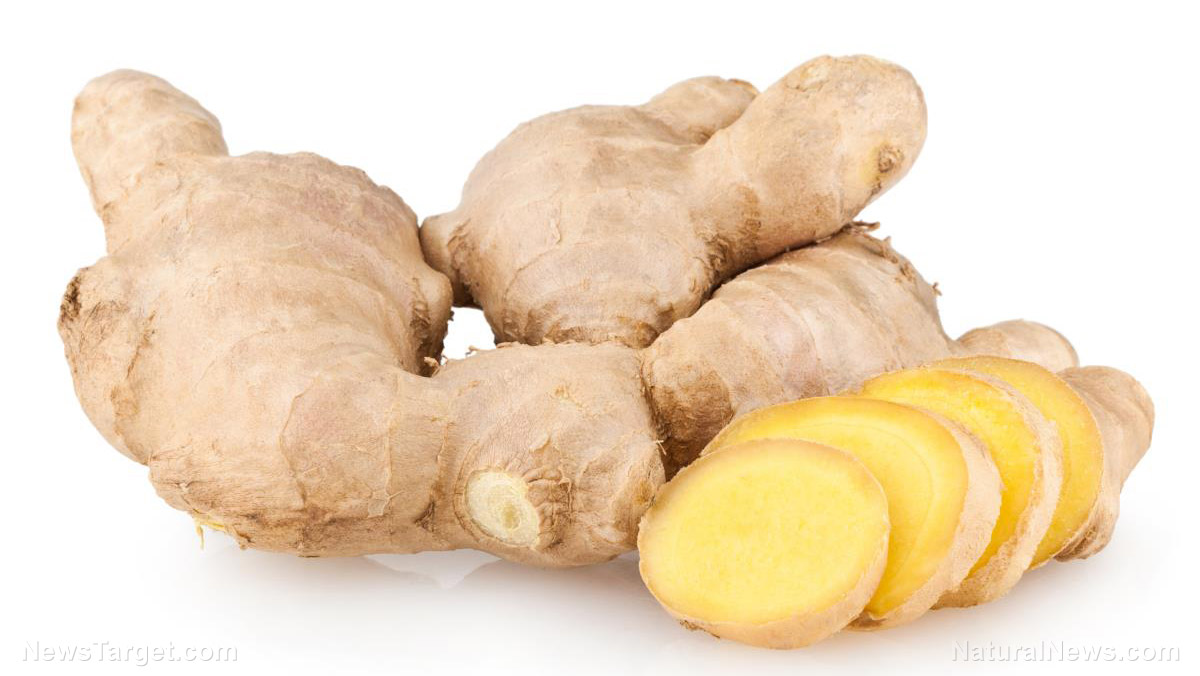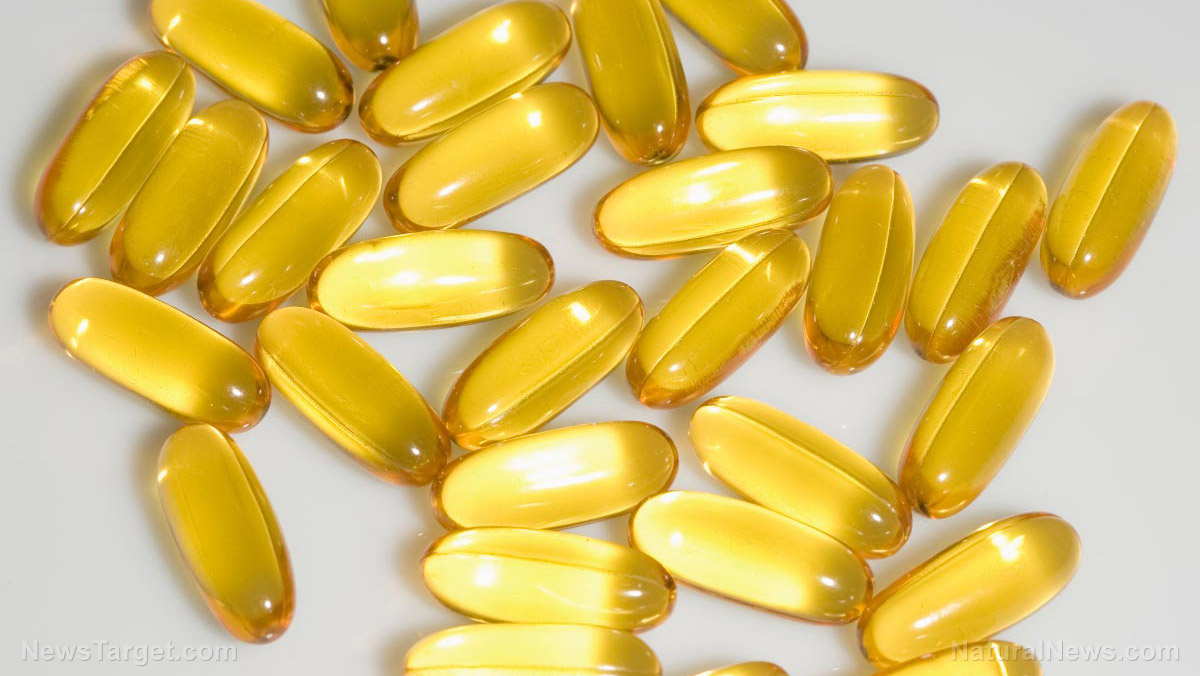TCM preparation found to prevent influenza at a cellular level
01/18/2019 / By Ralph Flores

Researchers from Jinan University in China have identified that Kangbingdu (KBD) contains anti-influenza pharmacological properties. The study, which was published in Phytomedicine, lends evidence to the classic use of KBD in traditional Chinese medicine as a therapy for influenza.
- While KBD has been widely used to treat influenza, available studies on its efficacy are limited because of the lack of appropriate models.
- For the in vivo tests, the scientists used a mouse model for influenza. The rats were treated with KBD (13 and 26 mg/kg each day, respectively) for seven days.
- The team monitored the rats for morbidity, the severity of symptoms, and mortality for 21 days.
- Afterward, histopathologic changes were assessed to determine whether KBD could promote mitochondria antiviral signaling protein (MAVS)-mediated antiviral signal and inhibit nuclear factor-kappa B-mediated inflammation response.
- From the findings, the team noted that KBD significantly reduced the susceptibility of restraint mice to influenza virus. This was demonstrated by the lower mortality rates and reduced levels of inflammation and viral replication in the lungs.
- The results also indicated that KBD increased the protein expression of MAVS and IFN-beta and IFITM3 protein levels, which helped in fending off the infection.
- Active ingredients in KBD include (R,S)-goitrin, mangiferin, forsythin and forsythoside A.
The team concluded that KBD can reduce the probability of getting influenza through mitochondrial antiviral signaling.
Learn more about how TCM treats influenza at ChineseMedicine.news.
Journal Reference:
Chen H, Jie C, Tang LP, Meng H, Li XB, Li YB, Chen LX, Yan C, Kurihara H, Li YF, et al. NEW INSIGHTS INTO THE EFFECTS AND MECHANISM OF A CLASSIC TRADITIONAL CHINESE MEDICINAL FORMULA ON INFLUENZA PREVENTION. Phytomedicine. 2017;27:52–62. DOI: 10.1016/j.phymed.2017.02.004
Tagged Under: alternative medicine, Flu, influenza virus, natural cures, natural medicine, natural remedies, plantmedicine, TCM, traditional Chinese medicine



















